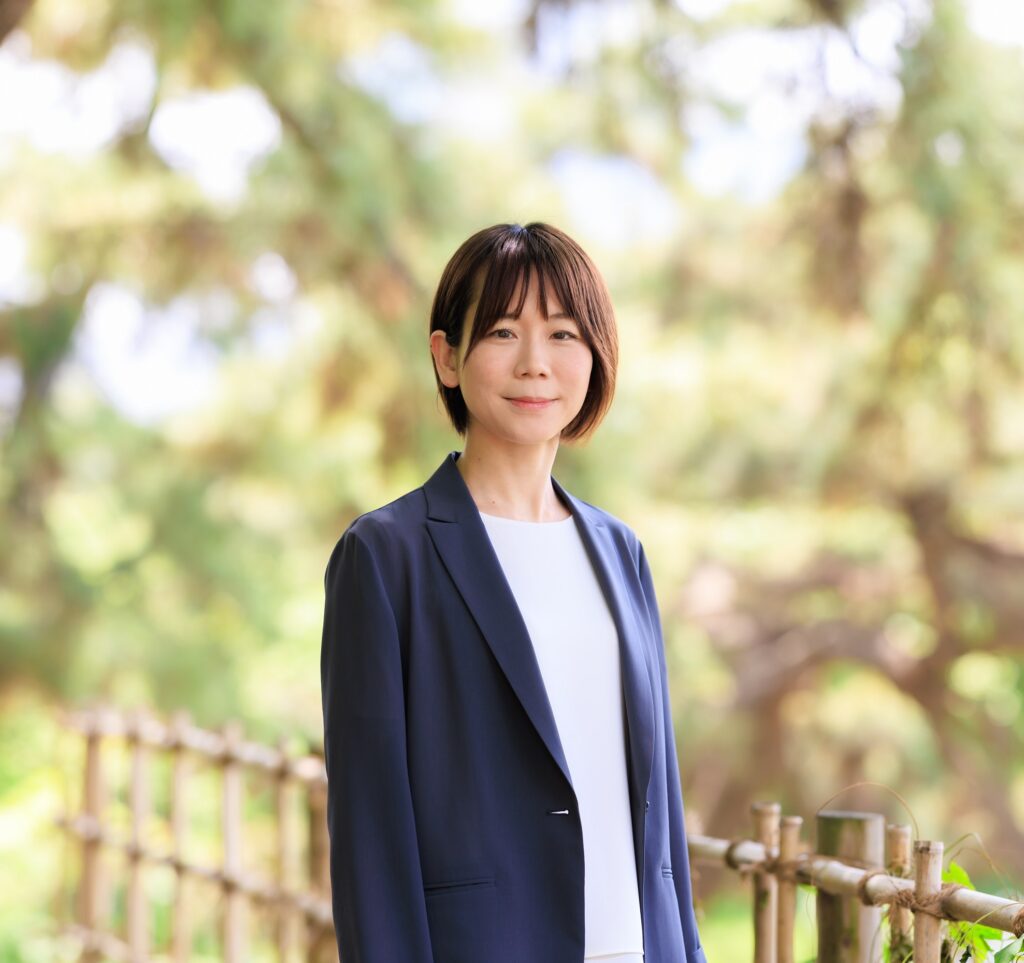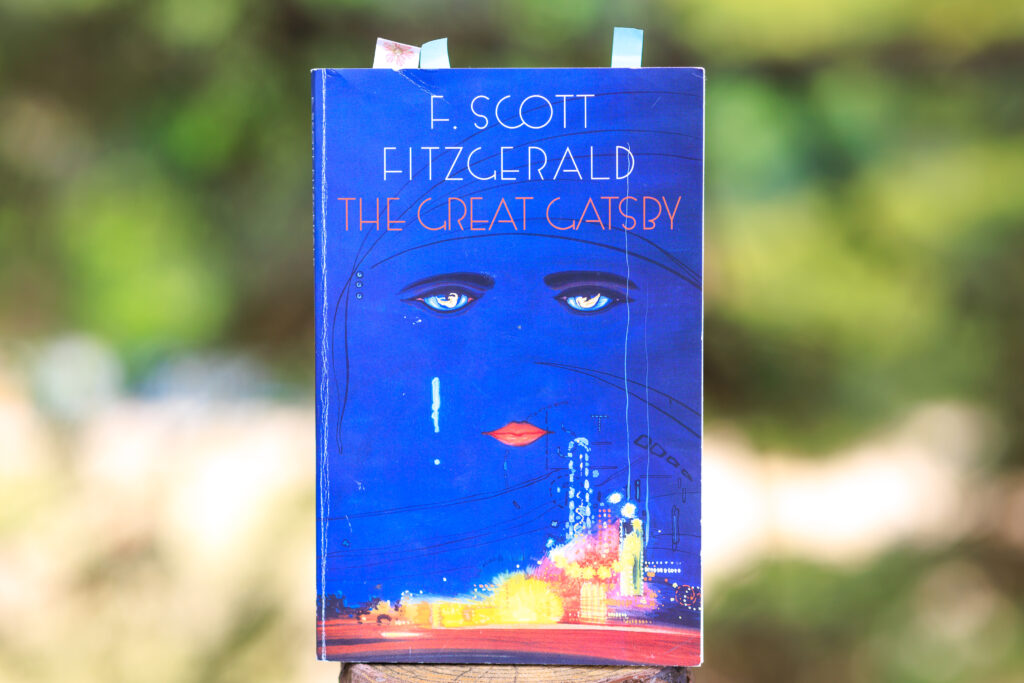
Faculty of Humanities Associate Professor Yuko Tashima researches Hawthorne, an author of the American Renaissance movement which established American literature in the mid-19th century. By examining the portrayal of female characters, she presents a new perspective in Hawthorne research.
My main research focus is Nathaniel Hawthorne (1804–1864). Hawthorne was one of the pivotal authors of the American Renaissance period in the mid-19th century. In addition to the masterpiece, “The Scarlet Letter,” Hawthorne wrote “The House of the Seven Gables,” “The Marble Faun: Or, The Romance of Monte Beni” and many other short stories.
My recent research centers on the evolution of the depiction of women in Hawthorne’s works. In most of Hawthorne’s short stories from the 1830s, religious and ethical dilemmas of male characters are presented through symbols and allegories, and female characters serve merely as mirrors of the male figures.
However, in his full-length novels published after 1850, the social issues of conflict between people came into the foreground in addition to religious themes.
This change has been partially attributed to Hawthorne’s transition from the solitude of his early days to being accepted by the literary world of Boston and the suburban Concord, as well as his marriage and entering the public sphere. In addition to this, I believe that depicting the reality of women without idealizing them brought a social realism into his works.
An author who depicted realistic women

For example, “The Scarlet Letter” (1850) explored the question of sin against the backdrop of an adultery incident occurring in 17th century Boston puritan society. In the story, the protagonist, Hester Prynne, has an affair with the church minister, Arthur Dimmesdale, and conceives a child.
Even after being denounced by the community, she refuses to reveal the identity of her adulterous lover, attempting to honor the love between her and the minister. With her choice to value individual free will over religious norms, Hester is a strong female character of the type almost never seen in Hawthorne’s previous short works.
In the works of other male authors in the American Renaissance period like Edgar Allan Poe and Herman Melville, women barely ever appear, or if they do, they are generally used to signify some kind of allegory. One critic even makes the claim that among the major male authors in the United States up to the late 19th century, Hawthorne is the only one who depicts a female realistically.
It cannot be denied that as a white male who had internalized Victorian era ideology, Hawthorne did also have a male-centric aspect. But it is equally true that, amidst that era, the way he turned a sympathetic eye towards women and continued depicting their struggles made Hawthorne a rare figure indeed.
It is my belief that shining a light on the presence of female characters in his works can present a new perspective on research into Hawthorne, which mostly depicts him as a conservative author.
Amidst female author popularity in the mid-19th century
In the history of American literature, American Renaissance authors are traditionally represented by male authors who produced highly artistic works, such as Ralph Waldo Emerson and Herman Melville. However, domestic and sentimental novels by female authors were the bestsellers of the period.
For example, one of the bestsellers in that period was the novel criticizing the American slavery, “Uncle Tom’s Cabin” (1852), by Harriet Elisabeth Beecher Stowe. From the 1970s onward, the canon of American literature began to undergo fundamental revision, sparking a movement to advance research into female authors and redefine their position in the history of American literature.
Moving forward, while maintaining a central focus on Hawthorne research, I intend to expand my research to explore female authors of that era. By comparing these works, which depict feminine issues from the firsthand perspective of a woman, I hope to further decipher the female image in Hawthorne’s literature.
The book I recommend
“The Great Gatsby”
by F. Scott Fitzgerald, independently published

I read the Japanese translation in my high school years, and read the original in my college days. The protagonist achieves success and realizes the American dream, but ultimately meets with ruin. This novel gives a visceral sense of the large scale of American literature.
-
Yuko Tashima
- Associate Professor
Department of English Literature
Faculty of Humanities Yuko Tashima
- Associate Professor
-
Graduated from the Saga University Faculty of Culture and Education, International Studies of Culture Course and received her Ph.D. in Literature from the Department of Linguistics and Literature in the School of Letters, Graduate School of Humanities, Faculty of Humanities at Kyushu University. After serving in roles including a Department of English Associate Professor in the Faculty of Liberal Arts at Miyagi Gakuin Women’s University, she has served in her current position since 2023.
- Department of English Literature
Interviewed: May 2023